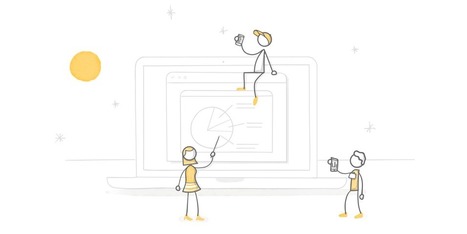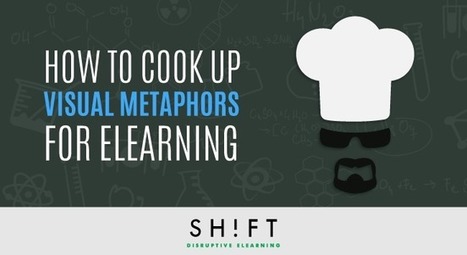The answer to the question in the “click bait” title is – yes of course we do, we most definitely need the role, but do we still need the title?
In 2014 Santanu Vasant wrote an article in jobs.ac.uk identifying the broad nature of the role and the broad background and expertise of role holders so I won’t go into any detail about what a Learning Technologist (LT) might be as you can read that article linked below as a starting point.
https://blog.jobs.ac.uk/education/teaching-learning/what-is-a-learning-technologist/
My experience is that Learning Technologists often have significant technological and pedagogical expertise. I know from personal experience the value of working with fantastic “learning technologists” and they can be key to really successful learning experiences.
Via Elizabeth E Charles



 Your new post is loading...
Your new post is loading...















